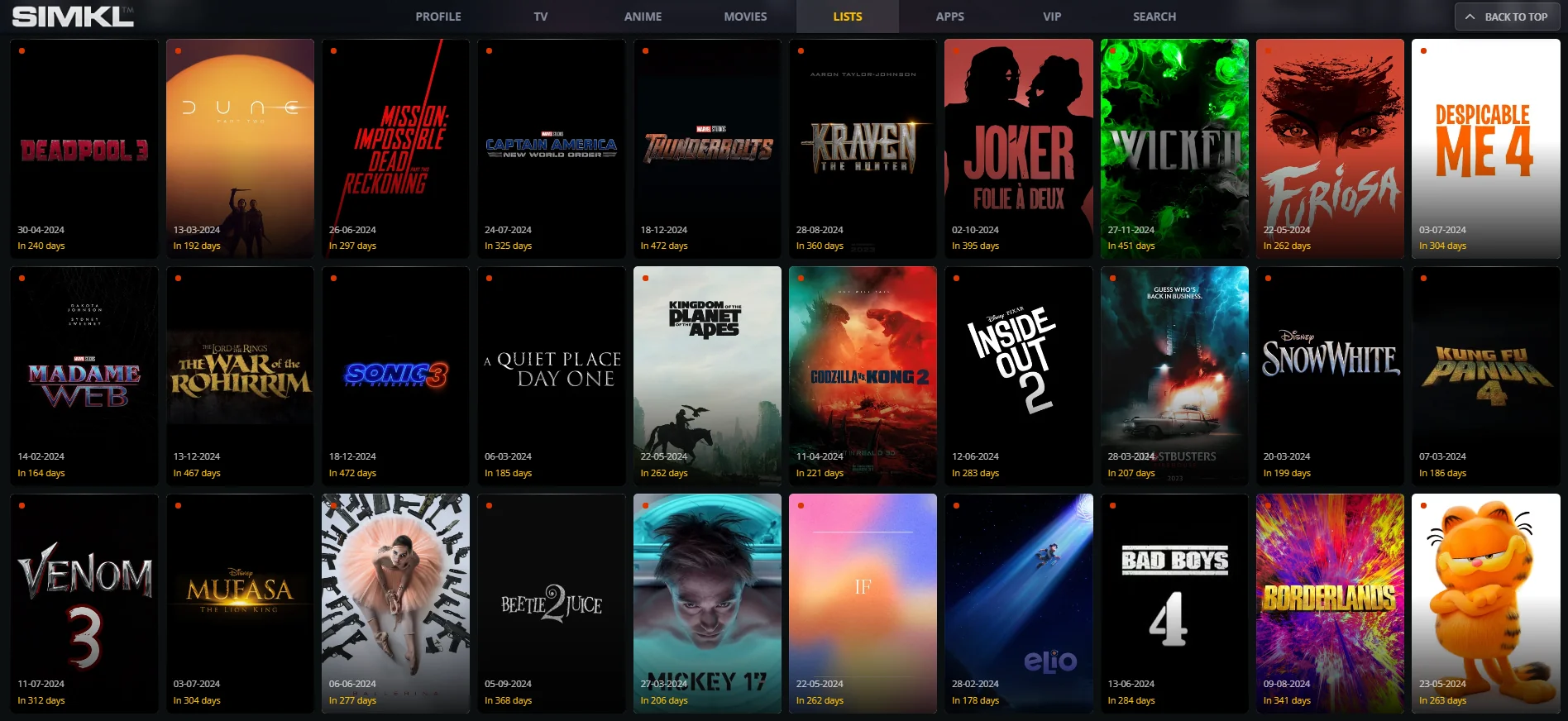using the title genrate "meta" decription, 5tags - How to Define Accurate Buyer Personas for Strategic Branding
Unlock the secrets to optimizing your website's performance with our in-depth guide on Google Core Web Vitals. Discover how these crucial metrics impact user experience and learn strategies to enhance your site’s speed, responsiveness, and overall quality.

In the ever-evolving world of SEO, Google Core Web Vitals have become a critical factor in determining your website's performance. These metrics are designed to measure the user experience on your site, focusing on three key aspects: loading performance, interactivity, and visual stability. Understanding and optimizing these elements is essential for improving your site’s visibility and ranking on search engines. In this blog, we will delve into each of these components, explore their significance, and provide actionable tips on how to optimize your website for Google Core Web Vitals.
What Are Google Core Web Vitals?
Google Core Web Vitals are a set of specific factors that Google considers crucial in a webpage's overall user experience. These vitals are part of the larger Web Vitals initiative, which aims to provide unified guidance for quality signals that are essential for delivering a great user experience on the web.
The Core Web Vitals consist of three main metrics:
Largest Contentful Paint (LCP): This metric measures loading performance. It marks the point at which the largest content element on the page becomes visible to the user. A fast LCP ensures that your content is seen quickly, contributing to a better user experience.
First Input Delay (FID): This measures interactivity. It tracks the time it takes for the website to respond to the first user interaction, such as clicking a link or a button. A low FID ensures that your site is responsive and interactive.
Cumulative Layout Shift (CLS): This metric measures visual stability. It assesses how much the layout shifts during the loading process, ensuring that users do not accidentally click on something they didn’t intend to.
Why Google Core Web Vitals Matter
Google’s emphasis on Core Web Vitals stems from its commitment to enhancing user experience. Sites that perform well on these metrics are more likely to rank higher in search engine results, as they provide a smoother, more engaging experience. As Google continues to prioritize user-centric metrics, ignoring these vital signs could negatively impact your site's SEO performance.
Optimizing for Largest Contentful Paint (LCP)
Improving LCP is crucial for reducing the perceived load time of your website. To optimize for LCP:
- Optimize Images: Compress and resize images to reduce load times. Use modern image formats like WebP to ensure faster loading.
- Implement Lazy Loading: Load images and videos only when they appear in the viewport, reducing the initial load time.
- Minimize CSS and JavaScript: Reduce render-blocking resources by minimizing CSS and JavaScript files. Use asynchronous loading for non-critical elements.
Enhancing First Input Delay (FID)
A low FID ensures that users can interact with your site without frustrating delays. To improve FID:
- Reduce JavaScript Execution: Minimize the amount of JavaScript that needs to be executed on a page. Defer non-essential JavaScript to improve interactivity.
- Utilize Browser Caching: Cache assets locally in the user's browser to speed up the retrieval of resources on subsequent visits.
- Optimize Web Workers: Offload tasks to web workers, ensuring that the main thread remains free to respond to user interactions promptly.
Improving Cumulative Layout Shift (CLS)
Visual stability is essential for a seamless user experience. To minimize CLS:
- Include Size Attributes for Images and Videos: Ensure that the size of images and videos is specified in the HTML or CSS, so the browser knows how much space to allocate before they load.
- Avoid Inserting Content Above Existing Content: When new content is loaded dynamically, ensure it does not push existing content down, causing a shift.
- Optimize Fonts: Use font-display: swap to prevent layout shifts caused by loading web fonts.
Tools to Measure Core Web Vitals
To effectively measure and monitor your site's Core Web Vitals, utilize the following tools:
- Google PageSpeed Insights: This tool provides detailed reports on your website's performance, including Core Web Vitals metrics, and offers suggestions for improvement.
- Google Search Console: The Core Web Vitals report in Google Search Console shows how your pages perform based on real-world usage data (field data).
- Lighthouse: An open-source tool integrated into Chrome DevTools, Lighthouse allows you to audit your website's performance, accessibility, SEO, and more.
The Impact of Core Web Vitals on SEO
Core Web Vitals are not just about improving user experience; they are also a significant ranking factor. Google has made it clear that sites offering a superior user experience will be rewarded with better visibility in search results. Therefore, optimizing for Core Web Vitals is not just an option but a necessity for staying competitive in the search engine landscape.
Common Challenges and How to Overcome Them
While optimizing for Core Web Vitals, you may encounter several challenges. Here are some common issues and tips on how to address them:
- Render-Blocking Resources: Reduce the impact of render-blocking resources by deferring or asynchronously loading non-critical JavaScript and CSS.
- Slow Server Response Times: Consider using a Content Delivery Network (CDN) to reduce server response times and deliver content faster to users across different geographical locations.
- Unoptimized Images: Regularly audit and compress images using tools like ImageOptim or TinyPNG to ensure they are optimized for the web.
Case Studies: The Power of Core Web Vitals
Several companies have seen significant improvements in their SEO performance after optimizing for Core Web Vitals. For example:
- E-commerce Sites: Online stores that optimized their LCP saw a decrease in bounce rates and an increase in conversion rates.
- Media Websites: News websites that focused on reducing CLS experienced higher user engagement and longer session durations.
These examples underscore the importance of Core Web Vitals in enhancing user experience and driving better SEO outcomes.
Future of Core Web Vitals
As Google continues to evolve, the importance of Core Web Vitals is expected to grow. Staying ahead of the curve by continuously monitoring and improving these metrics will be crucial for maintaining and improving your website's search engine rankings. Moreover, as new metrics are introduced, being adaptable and proactive in optimizing for them will ensure your website remains competitive.
Optimizing your website for Google Core Web Vitals is a critical step in enhancing user experience and improving your SEO performance. By focusing on LCP, FID, and CLS, and utilizing the right tools, you can ensure your website meets Google's standards for a smooth, user-friendly experience. As search engines continue to prioritize user-centric metrics, taking the time to optimize your Core Web Vitals will not only boost your site's rankings but also provide a better experience for your visitors. Start decoding and optimizing your Core Web Vitals today to secure your website’s future in the digital landscape.
FAQ: Google Core Web Vitals and Healthcare Lead Generation with SEO
Google Core Web Vitals
What are Google Core Web Vitals? Google Core Web Vitals are a set of metrics designed to measure the user experience on a website. They focus on three key areas: Largest Contentful Paint (LCP), First Input Delay (FID), and Cumulative Layout Shift (CLS). These metrics assess loading performance, interactivity, and visual stability of a webpage.
Why are Google Core Web Vitals important for SEO? Google Core Web Vitals are crucial for SEO because they directly impact the user experience. Google uses these metrics as part of its ranking algorithm, meaning that websites with better Core Web Vitals scores are more likely to rank higher in search results. This improves visibility and can lead to more traffic and conversions.
How can I improve my website’s Largest Contentful Paint (LCP)? To improve LCP, you can optimize images by compressing them, implement lazy loading, and minimize render-blocking resources such as CSS and JavaScript. These actions reduce the time it takes for the largest content element to load on your webpage.
What is First Input Delay (FID) and how do I optimize it? First Input Delay (FID) measures the time it takes for a website to respond to the first user interaction. To optimize FID, reduce JavaScript execution, utilize browser caching, and offload tasks to web workers to ensure the main thread is available for user interactions.
What causes Cumulative Layout Shift (CLS) and how can I reduce it? Cumulative Layout Shift (CLS) occurs when elements on a webpage move unexpectedly during loading. You can reduce CLS by including size attributes for images and videos, avoiding the insertion of new content above existing content, and optimizing font loading.
Which tools can I use to measure and improve Google Core Web Vitals? Google PageSpeed Insights, Google Search Console, and Lighthouse are excellent tools for measuring and improving your website’s Core Web Vitals. These tools provide detailed reports and actionable recommendations to enhance your site’s performance.
How do Core Web Vitals impact user experience? Core Web Vitals directly affect how users interact with your site. Faster loading times, responsive interactivity, and stable content layout contribute to a smoother, more enjoyable user experience. This not only keeps users on your site longer but also encourages them to return.
What challenges might I face when optimizing for Core Web Vitals? Common challenges include dealing with render-blocking resources, slow server response times, and unoptimized images. Overcoming these challenges often requires technical adjustments, such as using a Content Delivery Network (CDN), compressing images, and optimizing JavaScript and CSS.
How often should I monitor my website’s Core Web Vitals? It’s recommended to regularly monitor your Core Web Vitals, especially after making significant changes to your website. Consistent monitoring ensures that your site continues to meet Google’s performance standards, keeping your SEO rankings strong.
Can improving Core Web Vitals help with lead generation? Yes, improving Core Web Vitals can enhance user experience, which in turn can lead to higher engagement, lower bounce rates, and ultimately more conversions. A well-performing site is more likely to attract and retain users, increasing the chances of generating leads.
Generating Healthcare Leads with SEO
Why is SEO important for healthcare providers? SEO is essential for healthcare providers because it increases your online visibility, making it easier for potential patients to find your services. With more people turning to search engines for healthcare information, a strong SEO strategy helps your practice stand out from the competition.
How can I target the right keywords for my healthcare practice? Start by conducting thorough keyword research to identify the terms and phrases that potential patients are searching for. Focus on long-tail keywords related to specific medical conditions, treatments, or services your practice offers. These targeted keywords are more likely to attract qualified leads.
What type of content should I include on my healthcare website? Your healthcare website should include high-quality, informative content such as blog posts, patient testimonials, treatment guides, and FAQs. This content should address the needs and concerns of your audience, helping to build trust and establish your practice as an authority in the field.
How does local SEO benefit healthcare providers? Local SEO is crucial for healthcare providers because most patients search for services within their geographic area. By optimizing your website for local search, including adding location-based keywords and maintaining a Google My Business profile, you can attract more local patients.
What are backlinks and why are they important for healthcare SEO? Backlinks are links from other reputable websites to your site. They are important for healthcare SEO because they signal to search engines that your site is trustworthy and authoritative. Backlinks from respected medical journals, health blogs, or local news outlets can significantly boost your SEO rankings.
How can I improve the user experience on my healthcare website? Improving user experience involves creating a well-designed, easy-to-navigate website that loads quickly and is mobile-friendly. A positive user experience keeps visitors on your site longer, increasing the likelihood of conversion and enhancing your SEO performance.
Why are patient reviews important for healthcare SEO? Patient reviews are a powerful tool for building trust with potential patients. Positive reviews can influence a patient’s decision to choose your practice. Encouraging satisfied patients to leave reviews on platforms like Google or health-specific review sites can improve your online reputation and boost your SEO rankings.
How can blogging help generate healthcare leads? Blogging helps generate healthcare leads by providing valuable content that answers common patient questions and shares insights on treatments. Regularly publishing optimized blog posts can drive traffic to your website, attract more potential patients, and establish your practice as an authority in healthcare.
What role does content optimization play in healthcare SEO? Content optimization ensures that your website ranks well in search engine results. This involves incorporating relevant keywords, creating informative and engaging content, and structuring your website in a way that is easy for both users and search engines to navigate. Optimized content is more likely to attract and convert potential patients.
How can I track the success of my healthcare SEO strategy? You can track the success of your healthcare SEO strategy using tools like Google Analytics, Google Search Console, and SEO platforms like Ahrefs or SEMrush. These tools provide insights into your website’s traffic, keyword rankings, and user behavior, helping you refine and improve your SEO efforts over time.
Get in Touch
Website – https://www.webinfomatrix.com
Mobile - +91 9212306116
Whatsapp – https://call.whatsapp.com/voice/9rqVJyqSNMhpdFkKPZGYKj
Skype – shalabh.mishra
Telegram – shalabhmishra
Email - info@webinfomatrix.com
What's Your Reaction?
















